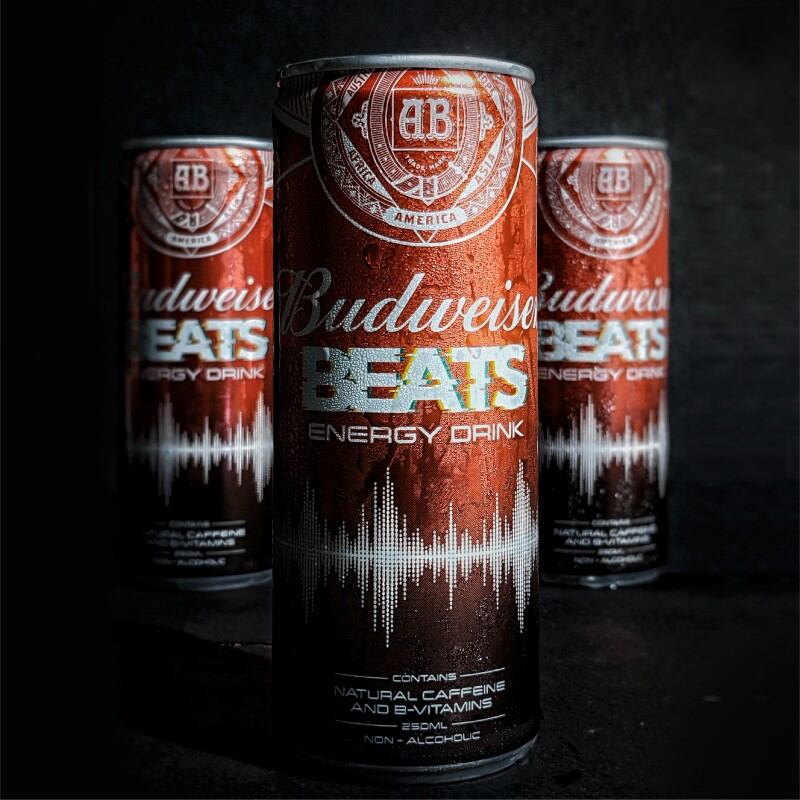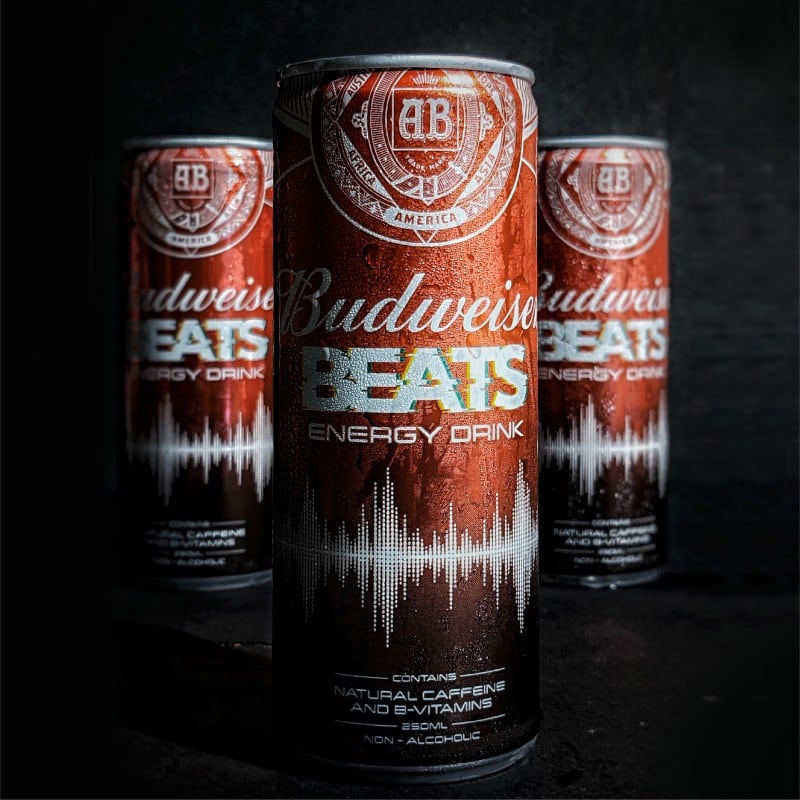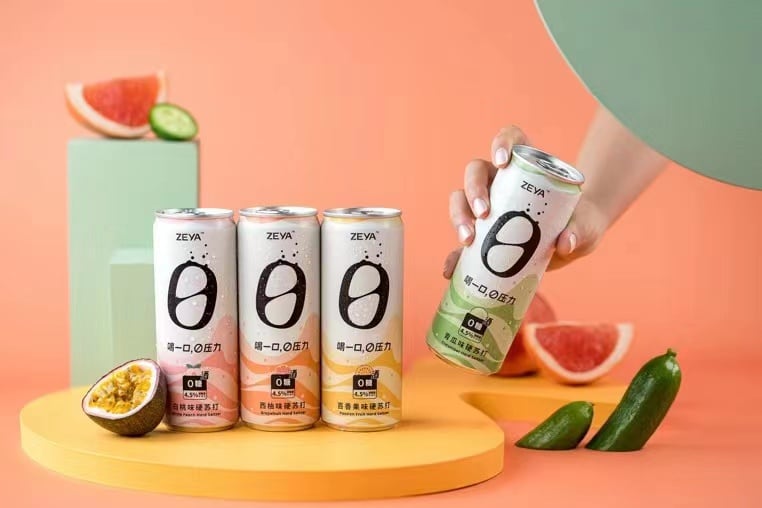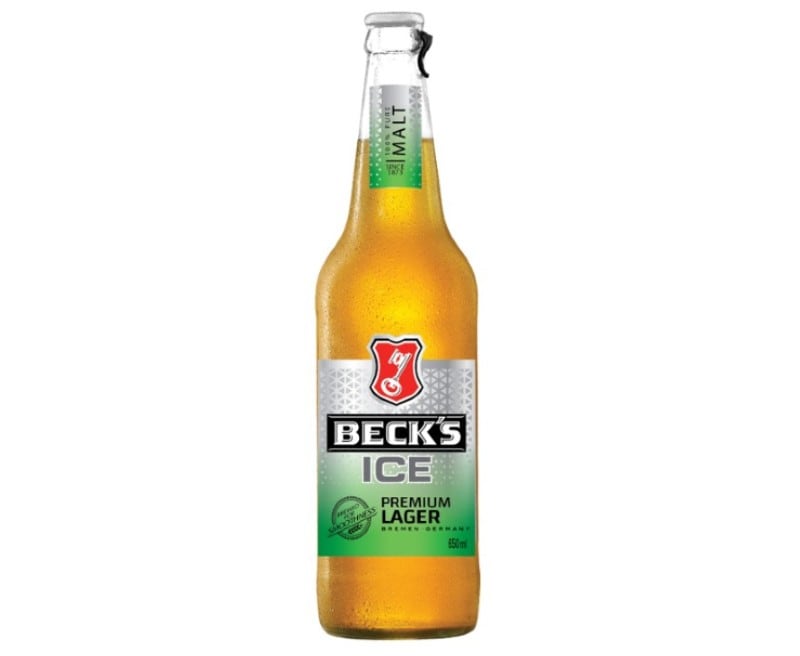The alcohol industry in India took a heavy hit across both 2020 and 2021 with the government implementing alcohol bans as part of COVID-19 lockdown restrictions – and even industry heavyweights such as AB InBev were not spared the impacts of this.
“The industry as a whole basically just came to a grinding halt, particularly in Q2 of last year,” Sharma told FoodNavigator-Asia.
“Indeed, we were not immune to the very large dip in the industry – Our mix of products is more premium, as some 50% of our product volume mix comes from premium brands so the impacts for us were not as large as for mainstream products, as affluent consumers in India did not trade down, but still, we saw a significant dip.
“That said, since August of last year, we have seen some green shoots in the Indian markets that were less impacted by COVID-19 in terms of taxes or cess, e.g. those where such duties were quickly retracted, such as markets in the north and east of India like Delhi, Haryana, Uttar Pradesh – these markets actually saw some growth versus pre-pandemic levels.
“But in many other states where the industry representation is larger such as Maharashtra, Telangana, these places saw more impacts from COVID-19 taxes and the industry here is taking a lot longer to – and still hasn’t, so we’re actually still about 10% to 20% lower here versus pre-pandemic levels and because of the weight of these states, the total beer industry I would say is still trailing pre-pandemic levels in the high single digits.”
However, Sharma’s most pressing concern when it comes to industry recovery is not so much winning back consumer demand for alcohol – but where this demand will go, and the social impacts of consumer choices.
“The only main barrier for us between growth and returning to pre-pandemic levels is definitely not a concern around consumption – we believe that consumption is there and will come back,” he said.
“The concern is will the consumption stay in beer, or will it move to cheaper hard spirits, especially as the cess on beer has not been lifted in some key markets, such as Telangana which is the largest beer market in India. The cess was applied here during the very first wave of COVID-19, and is still in play, which is very expensive and makes beer out of reach for many consumers.
“And unfortunately, what we’ve seen that is detrimental to public health guidelines and the larger good of citizenry is that when people trade down to more accessible alcohol options, these tend to be harder spirits, which tend to translate into issues such as domestic violence and alcohol addiction, not to mention the accompanying health concerns.
“So although we are trying to engage and drive the right advocacy with these governments, unfortunately so far we have yet to see the required level of change to revert to pre-pandemic situations.”
Sharma also highlighted that beer penetration in India actually stands at less than 20% overall, which is low compared to other markets in Asia such as Vietnam where this stands at over 90%, and the existing taxes are not making things any easier for the sector to grow.
“Both Vietnam and India are demographically young countries, but in India taxes are applied on alcohol volume and not alcohol by volume – so essentially you could have a product with say 48% alcohol and another with just 4% alcohol like perhaps Budweiser, but both of these products would be in the same tax structure,” he explained.
“So on a per litre level, Budweiser suddenly becomes more expensive than drinking spirits, essentially encouraging Indian consumers to move towards hard spirits than more moderate forms of alcohol consumption.”
Strategies to move ahead
Despite the industry’s current struggles, AB InBev has managed to achieve healthy brand growth for several of its brands, and Sharma credits this to the rapid implementation of innovation strategies to meet new consumer demands.
“We were very focused on looking at what consumer insights would lead to innovation opportunities for us, based on attitudes and behaviours that were influenced by COVID-19 – for instance, the number of people who in any case would consume alcohol at home (which is generally about 70% in India) rose even higher to 90% or 95%, and what we saw as a result of this was that many of them were experimenting a lot more and were open to many more options,” he said.
“So we saw that as a great opportunity to first of all go into newer brands that consumers would be willing to add to their repertoire, and for this we decided to make brands like Budweiser, Hoegaarden and Corona a big bet for us.
“We took the steps to start manufacturing both of these brands locally in India so that the prices could be adjusted down compared to when they had to be imported in previously, hence increasing the price accessibility of these brands a lot more for consumers that found them too expensive before.
“So if someone was drinking these brands once a month previously as it was so expensive and out of reach due to import duties and so on, now the production was localised we could pass on the price benefits of lesser taxes and duties to the consumer. As a result, we saw consumption of these products go up to two to three times a month – so there was some significant growth there for those brands.”
In addition, the firm also doubled down on the growing non-alcoholic beer market locally, which also saw a rise in demand alongside the work-from-home trend.
“We saw another opportunity here and moved to expand our non-alcoholic beers portfolio – Budweiser 0.0, Hoegaarden 0.0, these all saw increased popularity. And even within this, flavours became very prominent as consumers were eager to experiment, so we also launched Hoegaarden 0.0 in Rosee flavour, and that has also done well,” he added.
“An added bonus here was that while alcohol sales are not allowed via e-commerce in India, non-alcoholic products are permitted so we found ourselves as the leader of non-alcoholic beers in the market.
“Beyond that, we wanted to look beyond beers and launched our first energy drink Budweiser Beats – our research has shown that this is supremely better than the incumbent choices consumers have, and as it is we have already scaled the brand to 18 to 18 cities in India and over 10,000 points of sale including e-commerce.”
As a result of these innovations, AB InBev saw healthy growth in these brands, particularly Budweiser which jumped from its pre-pandemic market share of 6.5% to around 10%, and is working towards achieving 10% of the energy drinks market share in India with Budweiser Beats.
Marketing pivot
To maximise visibility in an era when consumers were unable to go out and see these products on shelves, the firm also made it a priority to make an impression on consumers virtually.
“Beer is quite a social drink, so we also made it a point to help consumers who were largely at home and not able to meet their friends and colleagues essentially [remain social], by moving all our marketing efforts into the virtual domain,” said Sharma.
“This included things like holding virtual concerts and bringing them together in virtual chairs – these was to make sure we continued to have a meaningful presence in their lives in addition to bringing cheer to them, and the key here was very much to very agilely move a lot of our marketing plans to become more relevant to the current situation.”
As India opens up slowly though, Sharma remains optimistic that some positivity is on the way in terms of the industry’s recovery to normalcy from impacts of the pandemic.
“We're hopeful that by the start of H2 this year, we'll start to see growth across most markets in India versus pre-pandemic,” he said.
Watch out for Part II of this exclusive interview to see Sharma’s insights on the most major trends driving the alcohol industry in India and South East Asia, coming soon.





